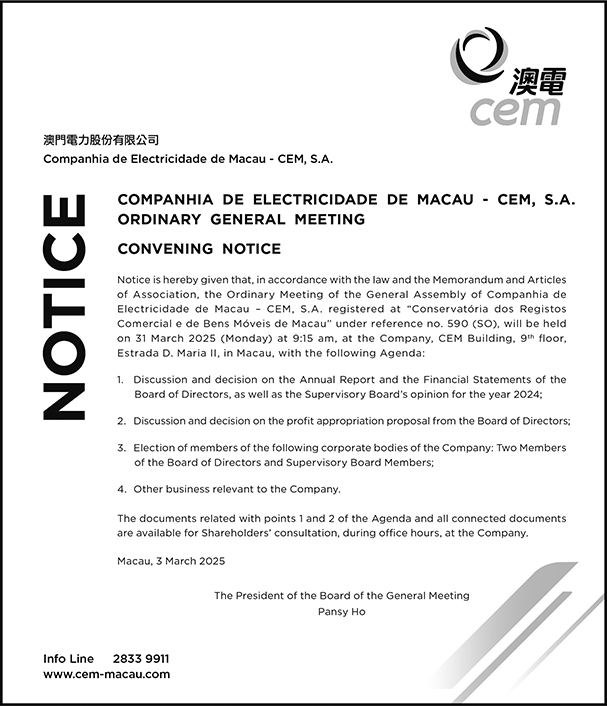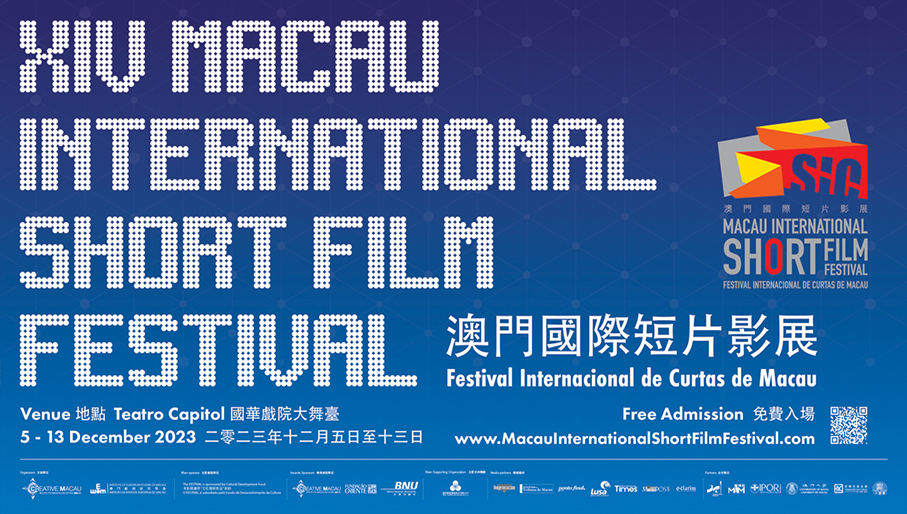Commentary by Pan Helin
Chinese Lunar New Year goods markets across China are bustling with excitement thanks to the festive atmosphere. From North to Southwest China and from East to West China, the rural markets selling Lunar New Year goods online are “crowded”, indicating business is thriving. From local specialties to imported goods, from high-quality daily necessities to diverse cultural products, the online “Lunar New Year Goods Festival” is in full swing, pointing to the progress China has made in achieving social harmony.
Generally, Lunar New Year goods come flavored with fruit such as melons, and candies and different types of tea. These goods find their rightful place in supermarkets and local markets. However, today’s “Lunar New Year goods economy” has several new highlights and trends; it has created new demands too.
The Lunar New Year goods market is undergoing a digital transformation. Participation in the Lunar New Year goods economy is no longer limited to bricks-and-mortar outlets, as online platforms have become another thriving market. Online marketplaces and livestreaming rooms have literally broken the physical barriers of traditional goods, offering craftsmanship and creativity that till now were confined to rural areas, as well as time-honored agricultural products to consumers. This has created a new demand space in the market.
Besides, the Lunar New Year goods economy is no longer just a simple commodity economy. The modern service industry has become a crucial part of the Lunar New Year goods economy. The diversification of market demands has raised the requirements for services such as product delivery and after-sales services. Personalized modern services such as door-to-door delivery, and delivery and installation, have enhanced the shopping experience of consumers.
Amid all this, traditional culture, once relegated to the sidelines, is entering ordinary households through digital technology and the modern service industry, facilitating the transformation from a commodity-oriented to a service-driven Lunar New Year economy.
A village in Mianzhu city of Sichuan province has formed a painting industry chain involving 2,400 people because of the market for traditional Lunar New Year paintings. Some regions have even introduced digital collectibles as complementary products, enriching consumers’ purchasing experience.
Hence, enterprises should capitalize on the new trends and demands and promote brand innovation. The digitalization of shopping and the diversification of product demands have significantly increased the variety and quantity of goods consumers can choose from, intensifying competition among producers and suppliers. To secure a share of the Lunar New Year goods economy, businesses need to explore their products’ comparative advantages, create brands and improve their products’ quality.
First, the enterprises need to leverage regional culture and characteristics by creating reliable brands, strengthening consumer identification. China has a complete manufacturing industry chain, which has helped consumers to recognize regionally-clustered products. Examples include silk stockings from Zhuji, Zhejiang province, and river snail rice noodles from Liuzhou, Guangxi Zhuang autonomous region. These regional specialties provide a solid market foundation for building a brand.
The enterprises should therefore realize the advantages of their region’s distinctive industries, turn recognizable products and services into brands, and reinforce those brands’ reliability and strength. This is crucial for maintaining a competitive edge in the increasingly fierce competition in the Lunar New Year goods economy.
Second, the enterprises should realize the empowering role of digital technology in product enhancement, change in the traditional concepts of supply and sales, product and service promotion, and help strengthen the product and service value chains.
They should use digital technology to convey their respective brand’s strengths and advantages to consumers, and employ technologies such as augmented reality (AR) to provide both physical and virtual products, enriching consumers’ experience. The enterprises should also offer a range of online intelligent services apart from paper manuals, allowing consumers to indulge in “visual reality-based” consumption, in order to establish a stable customer base for their brands.
In fact, while participating in the “Metaverse Traditional New Year Goods Festival”, some brands have set up online exclusive stores and “service experience outlets” that offer virtual and augmented reality scenarios, which have boosted the sales of their physical products.
And third, there is a need for them to leverage the Lunar New Year goods economy to combine brand building with the promotion of traditional culture, enriching the historical and cultural aspects of their products. Consumers tend to favor products with specific attributes during certain times. The Lunar New Year is a period when consumers look forward to a festive and traditional cultural atmosphere.
The enterprises should also explore the alignment between their products and traditional tangible and intangible cultural items. For instance, Moutai has cleverly integrated the Chinese zodiac with its products, achieving positive market results.
In conclusion, the growth of the Lunar New Year goods economy plays a crucial role in stimulating new consumption dynamics and boosting demand, thus creating space for developing brands. By combining their products with identifiable local items and features, or traditional culture through digital means, businesses can enrich their products’ functionality and reinforce their brands and thrive in the Lunar New Year goods markets.
*The author is co-director of the Digital Economy and Financial Innovation Research Center at Zhejiang University’s International Business School.
– Courtesy of China Daily







